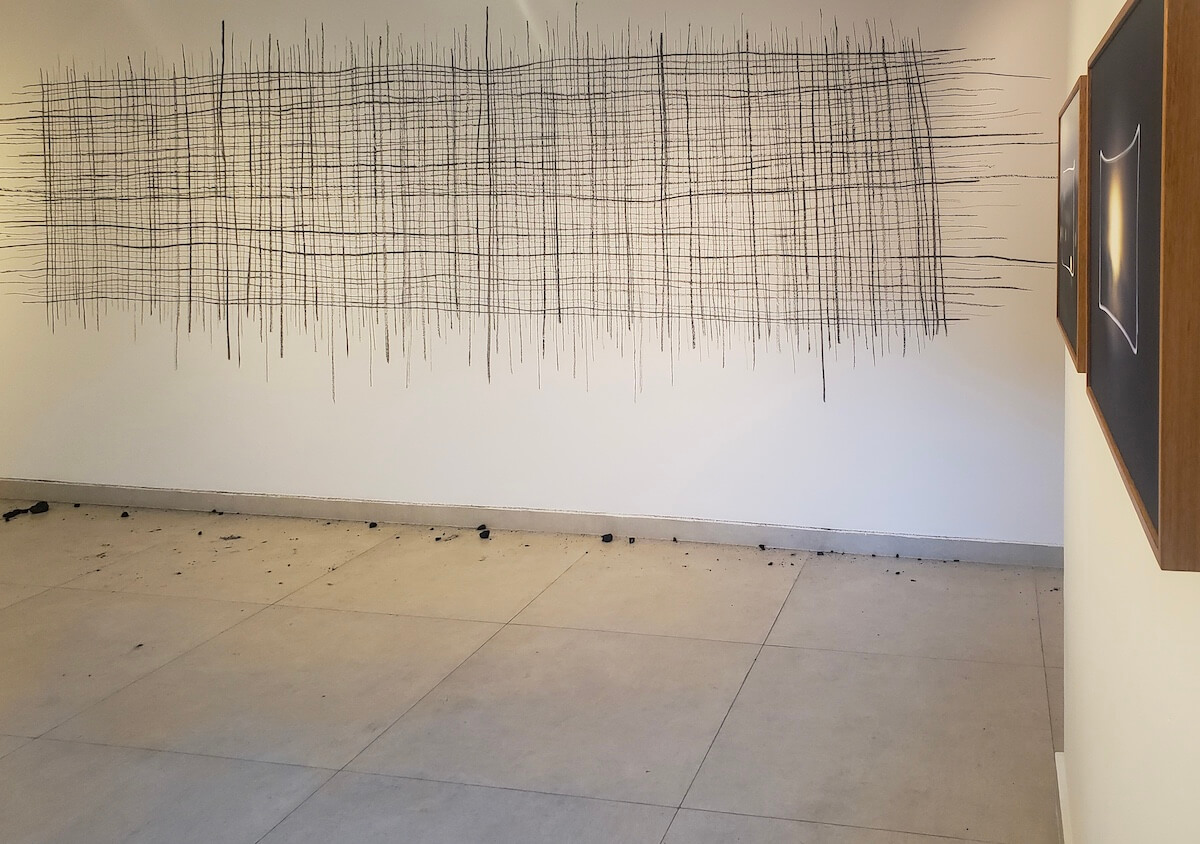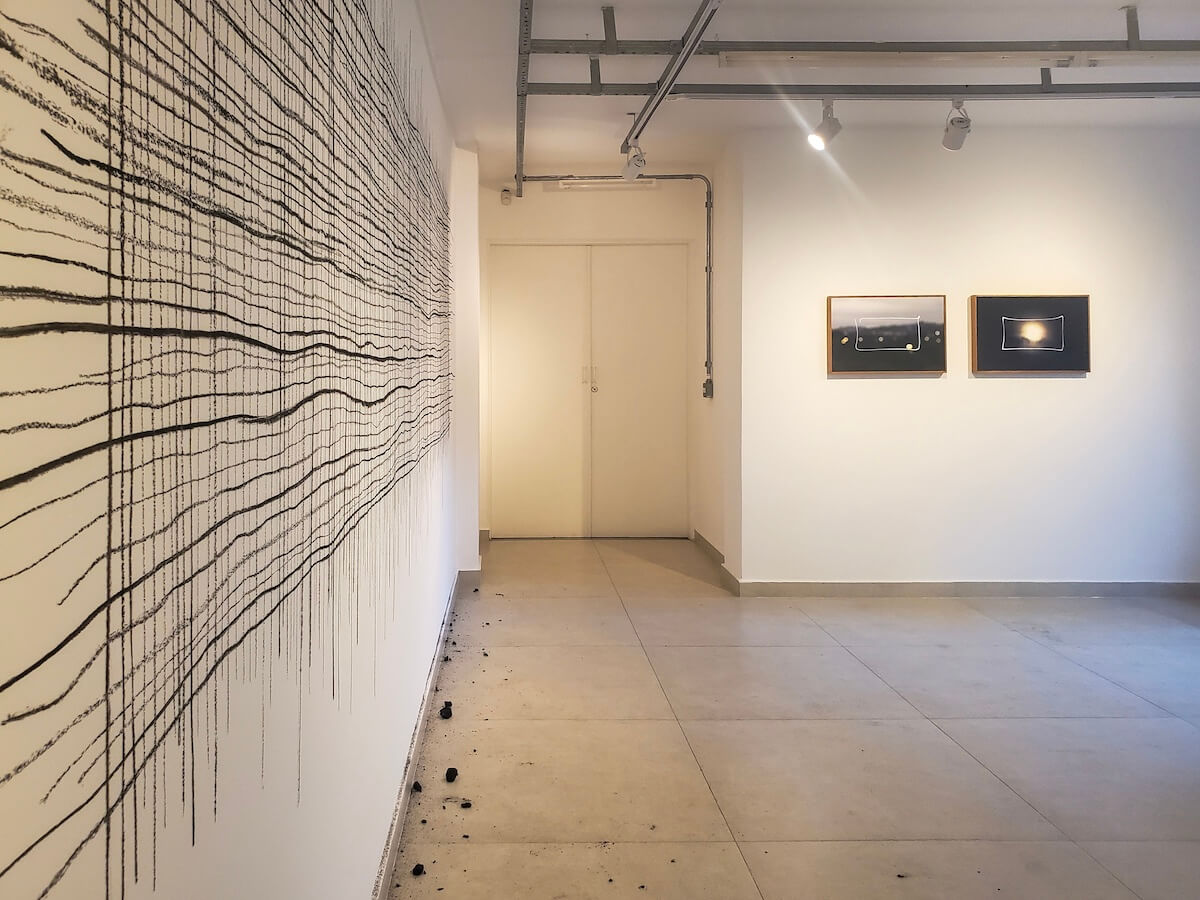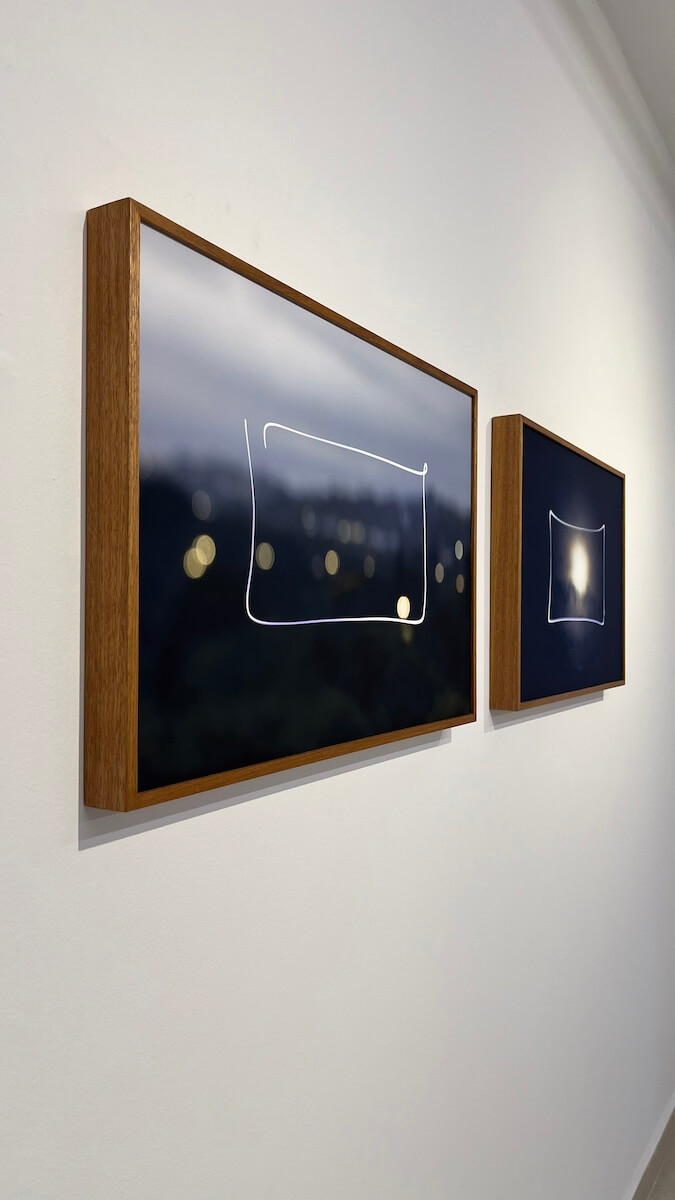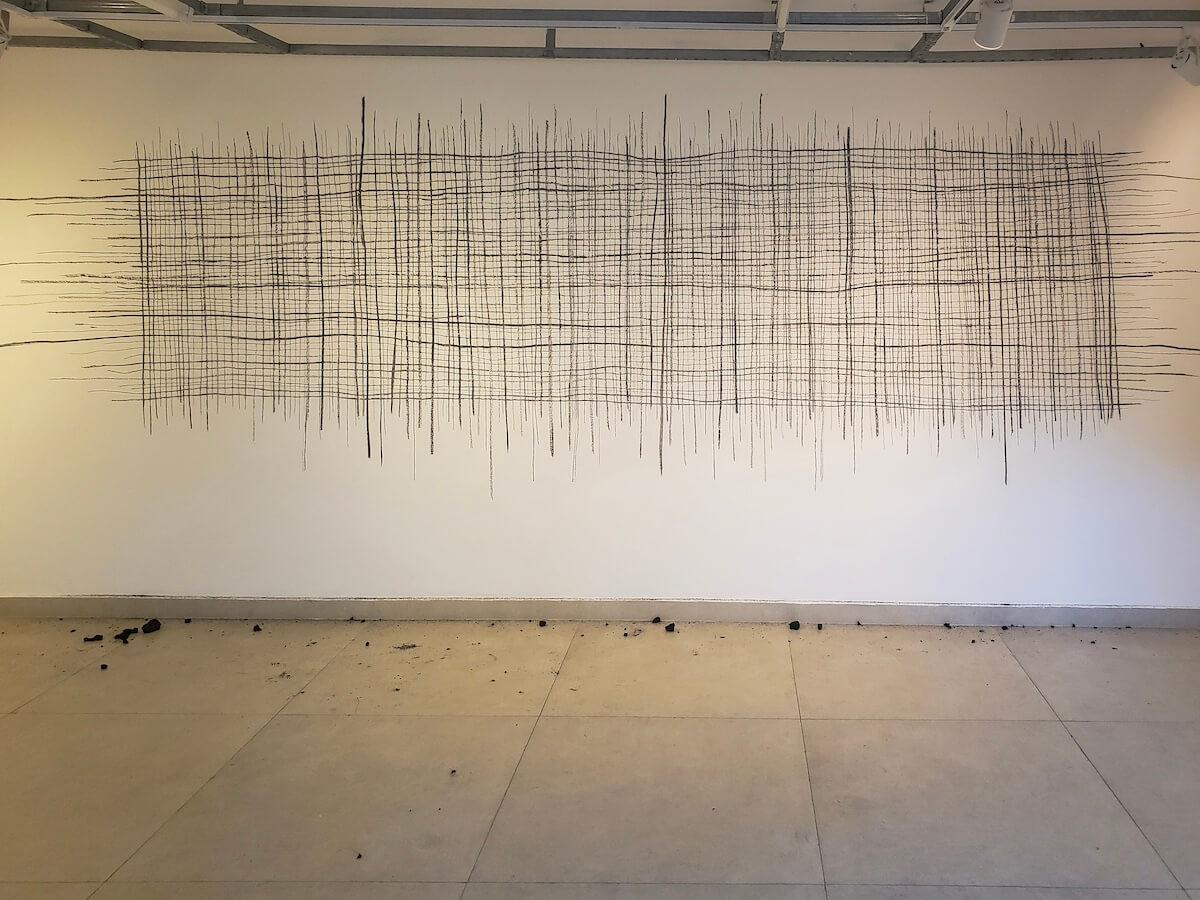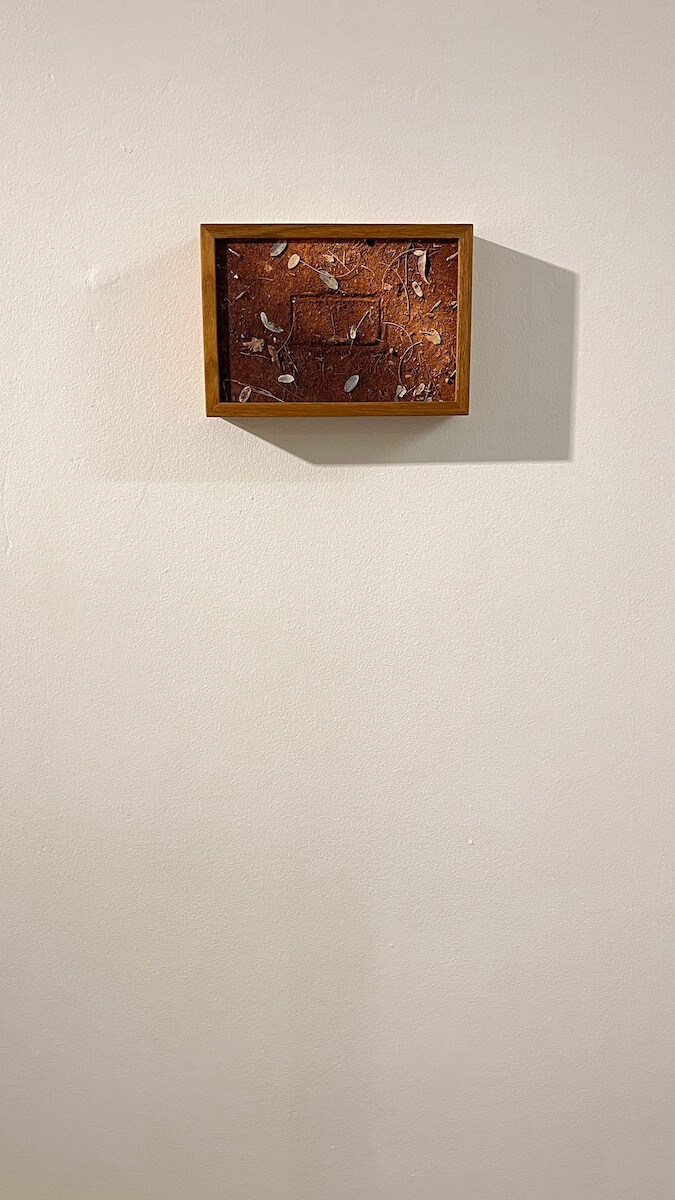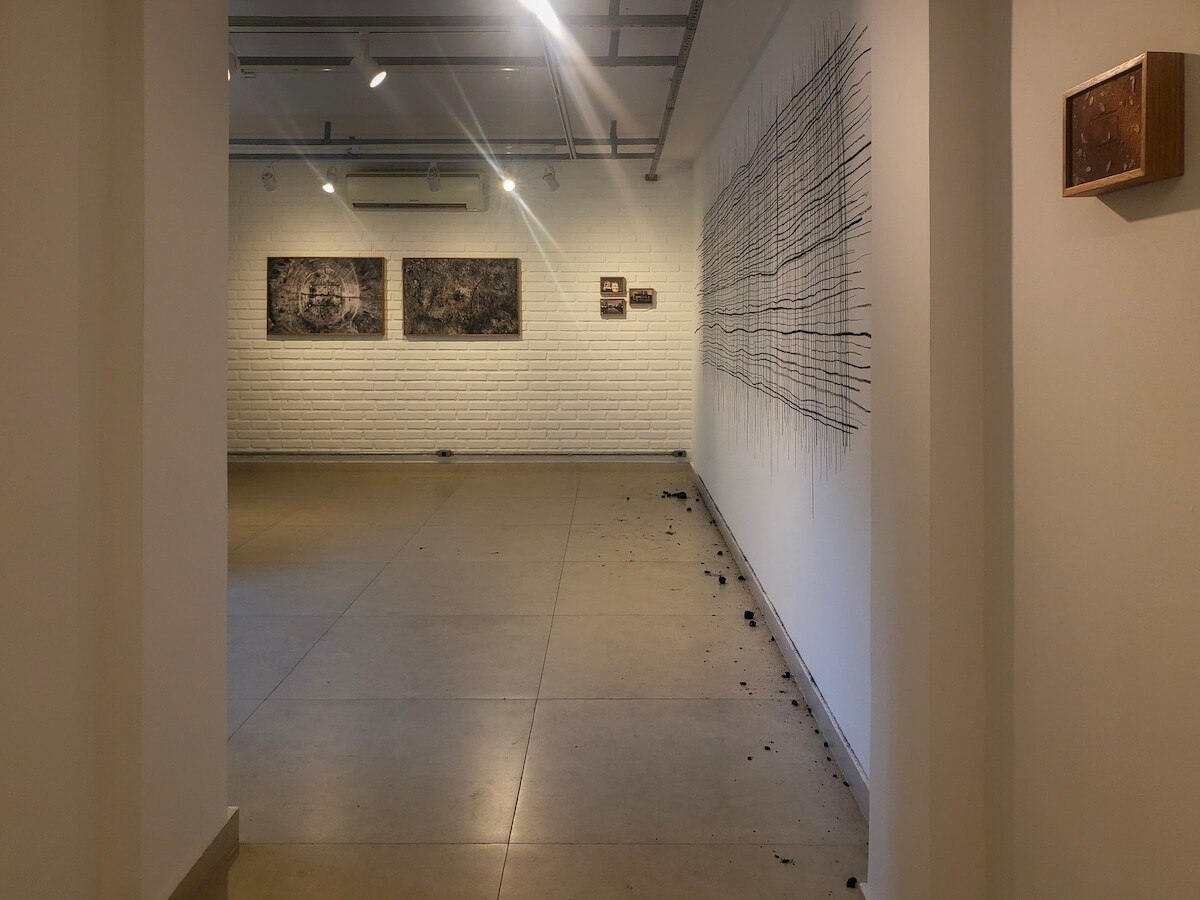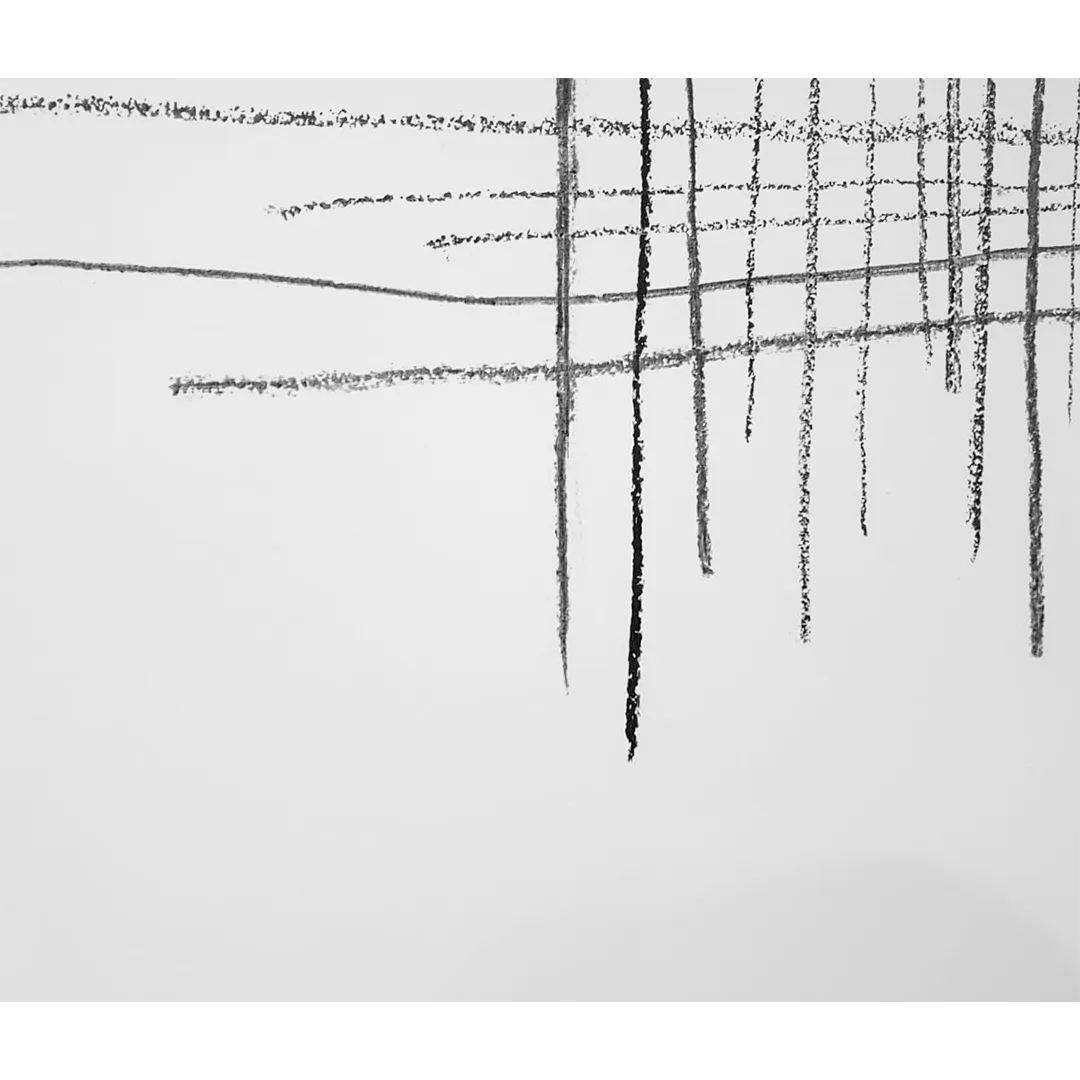

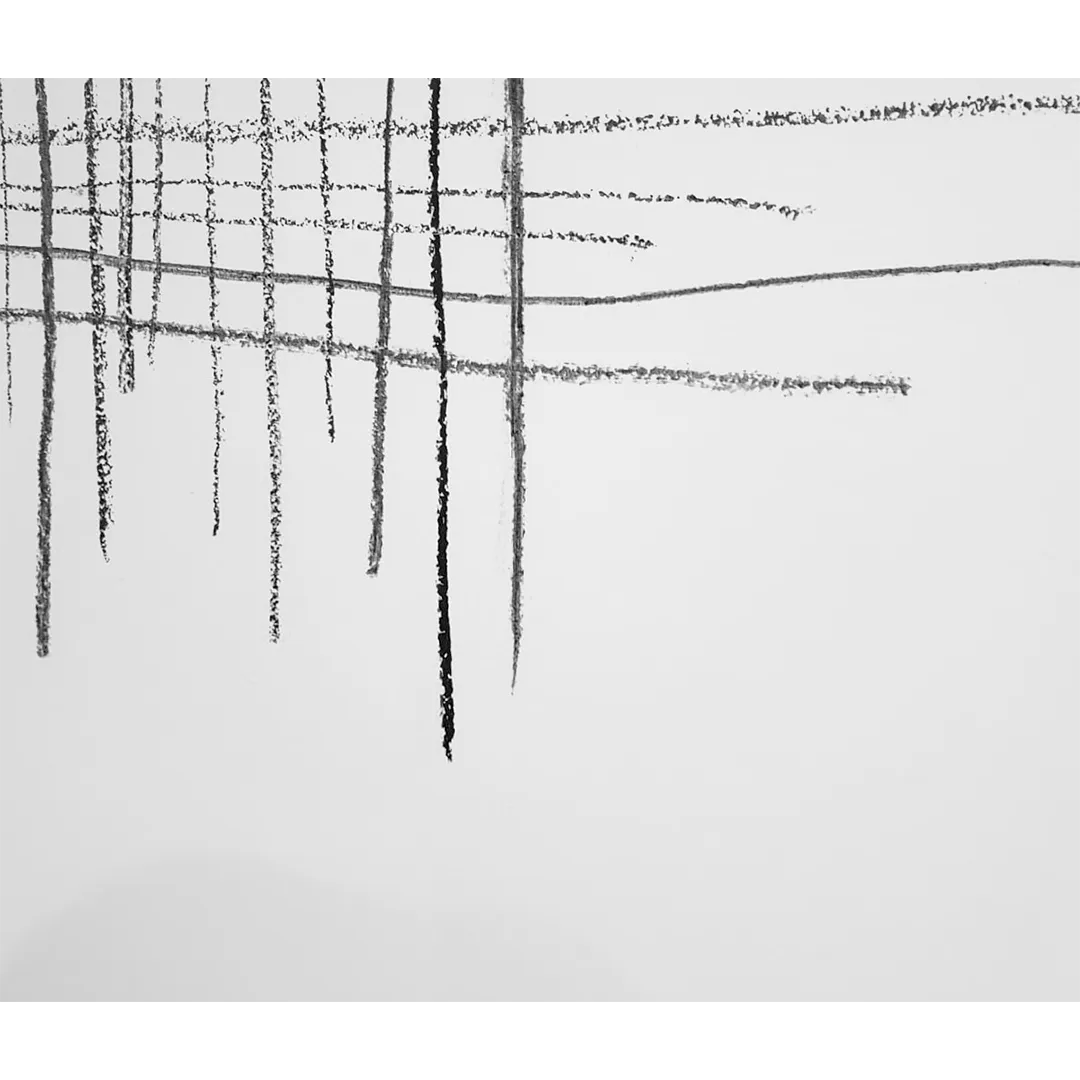
Microterritories
Cláudio Souza
Curatorship: Isabel Villalba and Alexandra Ungern
Opening: 02/03 from 4pm to 8pm
Exhibition period: 02/03 to 03/02/2024
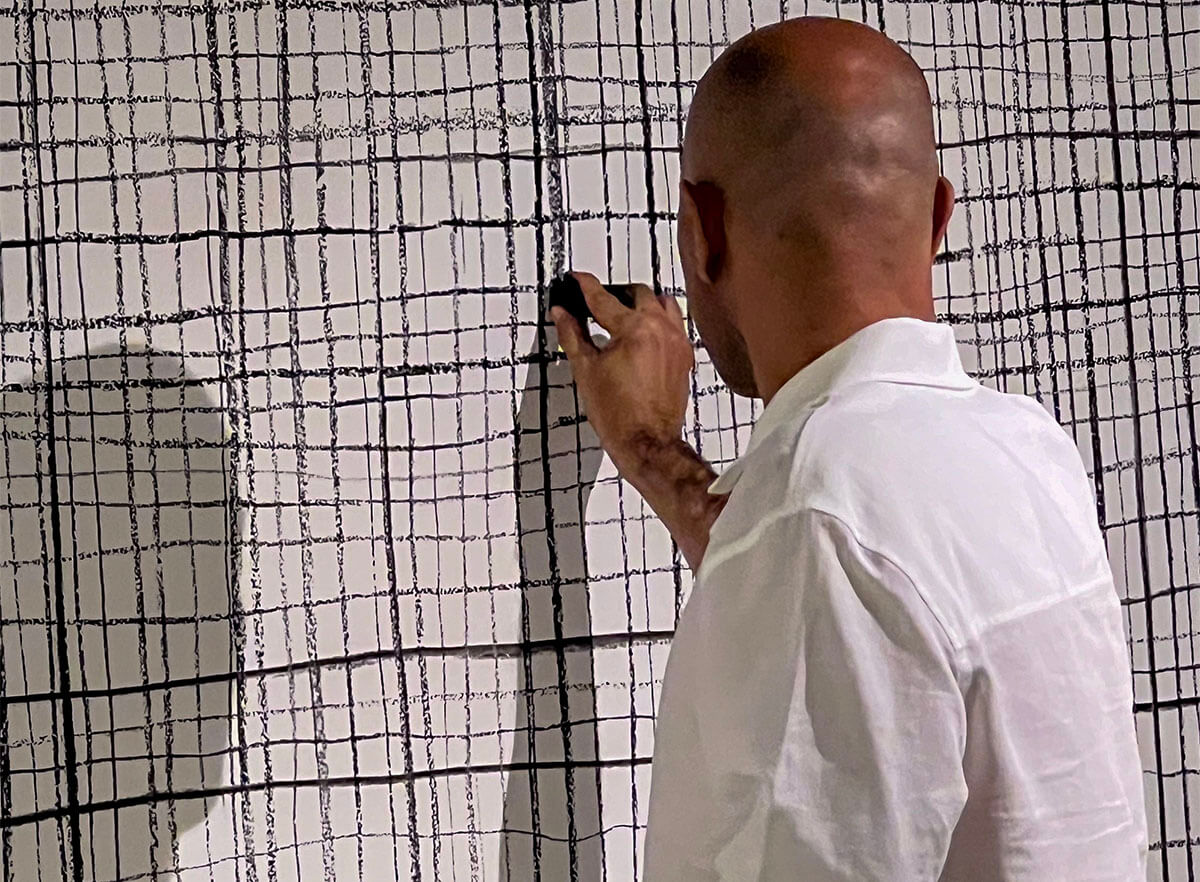
… So, in reality yours is a trip down memory lane!…It’s to get rid of a load of nostalgia that you’ve gone so far! (The Great Khan to Marco Polo).
…….
… I speak, I speak – says Marco, but whoever listens to me retains only the words he wants.
Invisible Cities: Ítalo Calvino
What is this place in the Microterritories?
This question raised by the works of Cláudio Souza allows us to rehearse some possible answers when observing the exhibition at Alê Espaço de Arte. Tracing a quick and succinct journey into humanity’s past, some discoveries prove to be powerful, creating concepts about Cláudio’s artistic research.
In his childhood, the artist’s micro-territory would be the small town in the interior of Bahia, where Cláudio was born and lived until his adolescence. In that space, marking the floor with a drawing, the child acquires an identity and experiences that many years later would come to light in the form of artistic poetry. There is a fusion between memories of children’s games and current themes in the videos and photographs that the artist presents to us.
“Microterritories symbolize continuous cycles of invasion, occupation and appropriation” C.S.
In this solo exhibition Claudio exposes some important contemporary debates: the undue demarcation of territories and invasions by miners, in the lands belonging to the original peoples and with this the threat of the extinction of their villages, lands and ethnicities. Wars and conflicts between countries that result in the seizure of territories by brute force, causing involuntary immigration and displacement, loss of life and extinction of cultures.
Since the times of great navigation, man has discovered, invaded and determined territories with the aim of appropriating and exploring the lands of the new world. Reports from navigators about these new continents reached the ears of the conquerors of the old world, which now became a reason for domination and power. Thus, instruments capable of assisting in the navigation of large caravels through unknown seas were necessary. The science of cartography developed thanks to Ptolemy (90-186 AD) and Mercator (1512-1594) who represented the world through drawings, thus creating the first maps that became increasingly accurate.
Curiosity and imagination awakened the desire for knowledge of new territories and with this the exploration of the planet in search of other worlds. When we refer to territory or micro-territories, the science of geography comes to our aid, which is of interest to contemporary researchers. These developed the concept of geographic imagination: “The sensitivity to the importance of place, space and landscape in the formation and conduct of social life (..) that allows individuals to recognize the function of space and place in their own life , in relation to the spaces he sees around him” (Johnston, Gregory & Smith, 2000).
Imagination as a privileged territory of art, combines with the rational in the construction of knowledge, alongside poetry and literature. Real and imaginary worlds are described by writers and poets. In the same way, using simple instruments found in nature such as a stick, pen or pencil, Cláudio makes drawings, just like the first cartographers, aestheticizing his microterritories, over and over again. The geography and elements of the space worked change and the artist moves from one place to another exploring these new spaces and appropriating part of them for a few minutes. Condenses within each video or photographic image an imaginary that intensifies and strengthens with its sensitivity to current themes of ownership, occupation and appropriation of lands and countries, which crosses and questions its time.
Isabel Villalba e Alexandra Ungern
REFERENCES
Liliana López Levi
Metropolitan Autonomous University. Xochimilco, MX
Perla Zusman
CONICET – Institute of Geography, University of Buenos Aires (Argentina).
